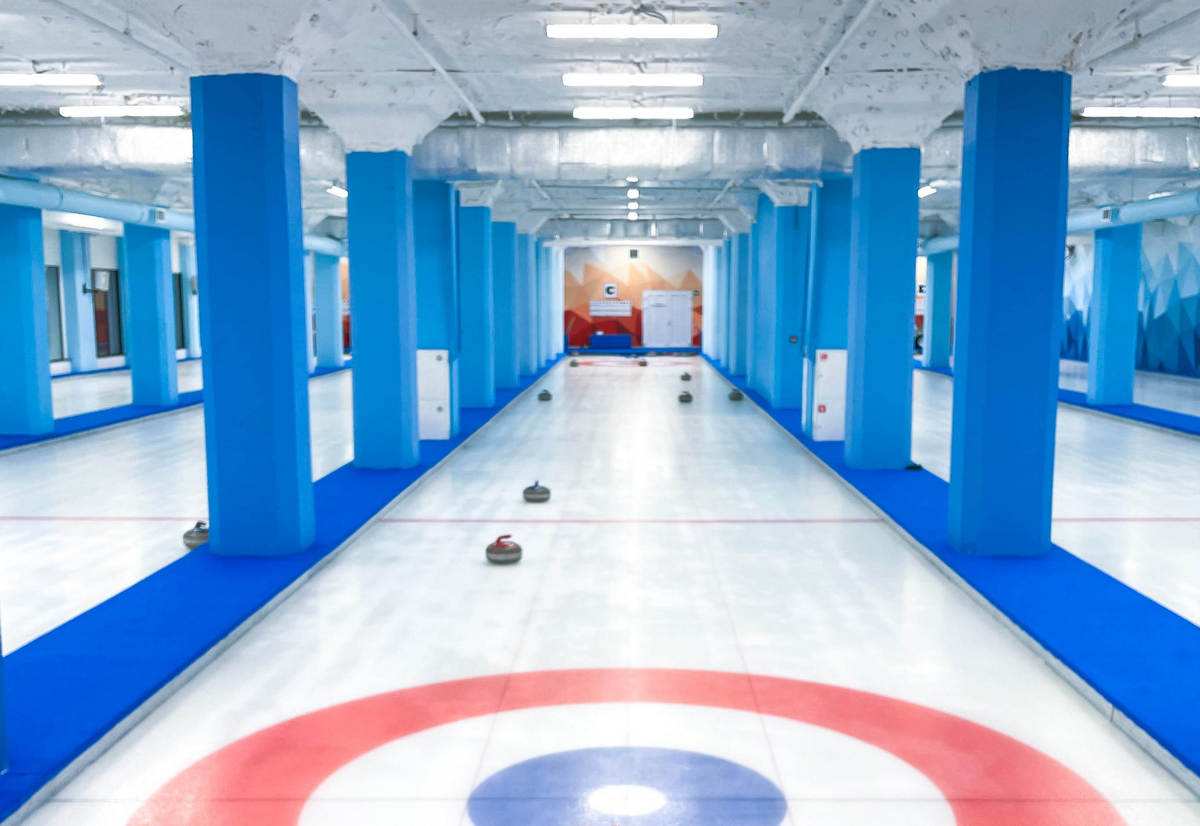Curling, often dubbed ‘chess on ice,’ is a sport that captivates its audience with its blend of strategy and skill. While the sport might seem straightforward, it offers a deep layer of tactical complexity. This article unveils the intricate tactics involved in curling, from stone placement to team roles. We aim to enhance your understanding of this fascinating game.
Stone placement
Where a stone stops in curling really matters for how the game goes. Some teams use a ‘guard’ stone in front of the target area but not for scoring. This guard stone can keep another stone-safe, making it hard for the other team to knock it away.
Another smart move is to put your stone behind an opponent’s stone in the scoring area. This is called a ‘freeze,’ making it hard for the other team to get your stone out without moving theirs.
Team roles and strategies
In a curling team, there are four players: a lead, a second, a vice-skip, and a skip. Each one has an important job that helps the team’s strategy.
The lead starts the game and sets things up for later. The second usually knocks away the other team’s stones. The vice-skip helps the skip plan and often does more complex shots. The skip is the boss, chooses the game plan, and often throws the last stones.
Talking well as a team is really important for winning. The skip often talks with the vice-skip about what to do next, mainly when things are more complex. Everyone on the team must understand the plan to put the stones in the best places.
The importance of the hammer
The hammer refers to the last stone thrown at an end (round). Having the hammer is a tactical advantage, providing the final say in scoring. Teams often aim to keep the house clean, with fewer stones, to have a more precise shot for the hammer.
Alternatively, if a team is ahead, they may clog up the house to make it more difficult for the opponent to score, even with the hammer.
Defensive and offensive plays
A match may require alternating between defensive and offensive strategies, depending on the score and the end. In a defensive play, a team aims to limit the opponent’s scoring opportunities. It often involves knocking out the opponent’s stones rather than going for a score.
On the offensive, the team might employ more guards and freezes to set up scoring opportunities, taking more risks.
Conclusion
Curling offers more tactical depth than meets the eye. The art lies in stone placement, understanding team roles, and using the hammer effectively. Whether playing defensively or offensively, mastering these strategies can make a significant difference in your curling game.
Are you intrigued by the tactical nuances of curling? It is time to grab a broom and hit the ice to experience it firsthand.
